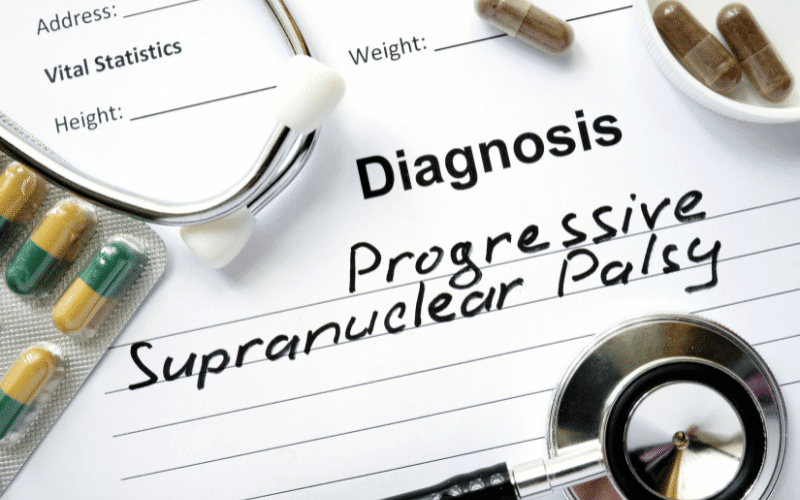Introduction: Setting the Scene

Waking up one day to find your body subtly betraying you, witnessing your movements gradually losing coordination, and feeling your balance slowly ebb away, can be incredibly distressing. These worrisome changes are characteristic of a neurodegenerative disorder known as Progressive Supranuclear Palsy (PSP). This condition, affecting approximately six in every 100,000 people, remains relatively unknown despite its potency.
PSP often becomes a wolf in sheep’s clothing, donning the guise of Parkinson’s due to the similarity in symptoms, leading to misdiagnosis. But what exactly is PSP? What does it entail? How can one navigate through its progression? A deeper understanding of this condition hinges on the familiarity with the four crucial stages of PSP.
In the journey of comprehending PSP, the first stage usually entails a tumultuous wave of confusion and distress for patients and their families. Characterized by the onset of initial symptoms, this stage can be subtle and easily overlooked. Patients might experience unexplained falls, typically backward, an unsteady gait, slowed movements, or even mild stiffness, particularly noticeable in the neck and upper body. These seemingly benign signs can often lead to a misdiagnosis, due to their commonality with other neurological conditions. Consequently, at this stage, an in-depth consultation with a seasoned neurologist is key to a proper diagnosis.
Yet, it’s the subtlety of this first stage that makes it a double-edged sword. The commonality of the symptoms with other neurological conditions often leads to potential misdiagnosis. Herein lies the importance of keen observation and accurate interpretation of these signs. The first stage sets the path for the journey of PSP, a journey that intensifies as one delves deeper into the subsequent stages.
Moving forward, the PSP journey is marked by stages that bring about an escalation in the severity of symptoms. Each stage unfolds a new aspect of the condition, throwing light on the complexity and intensity of PSP. It’s a journey that calls for a thorough understanding, one that we shall delve into in this article.
Stage 1. The Onset: Subtle Symptoms and Initial Misdiagnoses

Progressive Supranuclear Palsy often begins its journey in an inconspicuous manner. In this initial stage, also known as the onset stage, symptoms are typically mild and easily overlooked. It’s a stage marked by subtlety, wherein PSP begins to slowly and subtly unveil itself.
The onset stage primarily introduces symptoms such as unexplained falls, unsteady gait, slow movements, and mild stiffness, predominantly in the upper body regions. These symptoms are the initial harbingers of PSP, marking the beginning of the condition’s journey. However, they are often mistaken for signs of aging or other common health issues.
It’s in the onset stage that the initial seeds of PSP are sown. While the symptoms may seem common and non-alarming, they are the first red flags of the condition. It’s a critical period wherein the individual starts experiencing the first signs of PSP, often without even realizing it.
The initial symptoms, however, can be tricky to diagnose correctly. Their commonality with symptoms of other neurological conditions often leads to potential misdiagnosis. The onset stage, therefore, calls for careful observation and interpretation of these early signs. (1)